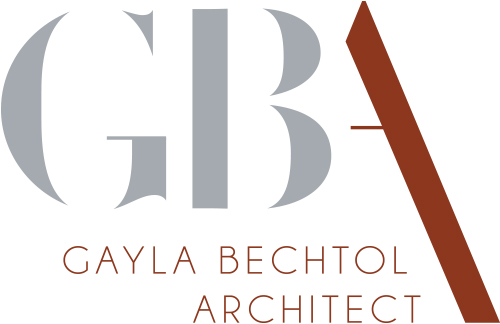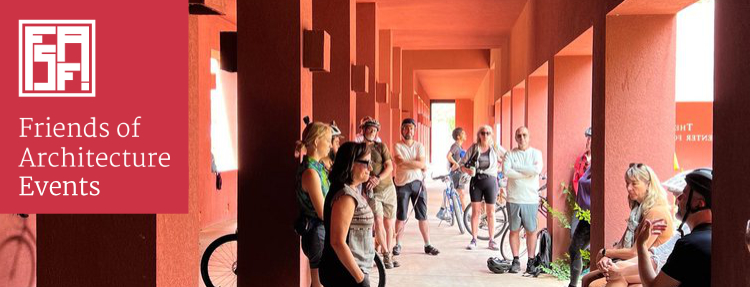No. 10 | A happy city
In the July edition of The Santa Fe New Mexican’s Home Magazine, I talk about what it will take to keep Santa Fe a happy city while continuing to develop Midtown and the adjacent areas. Urban Sense.
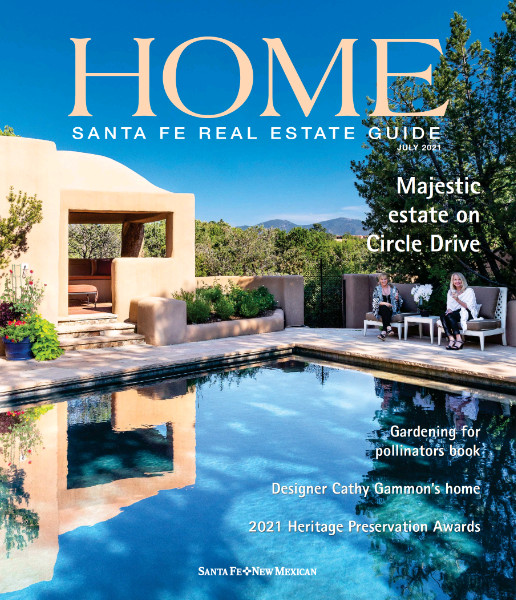
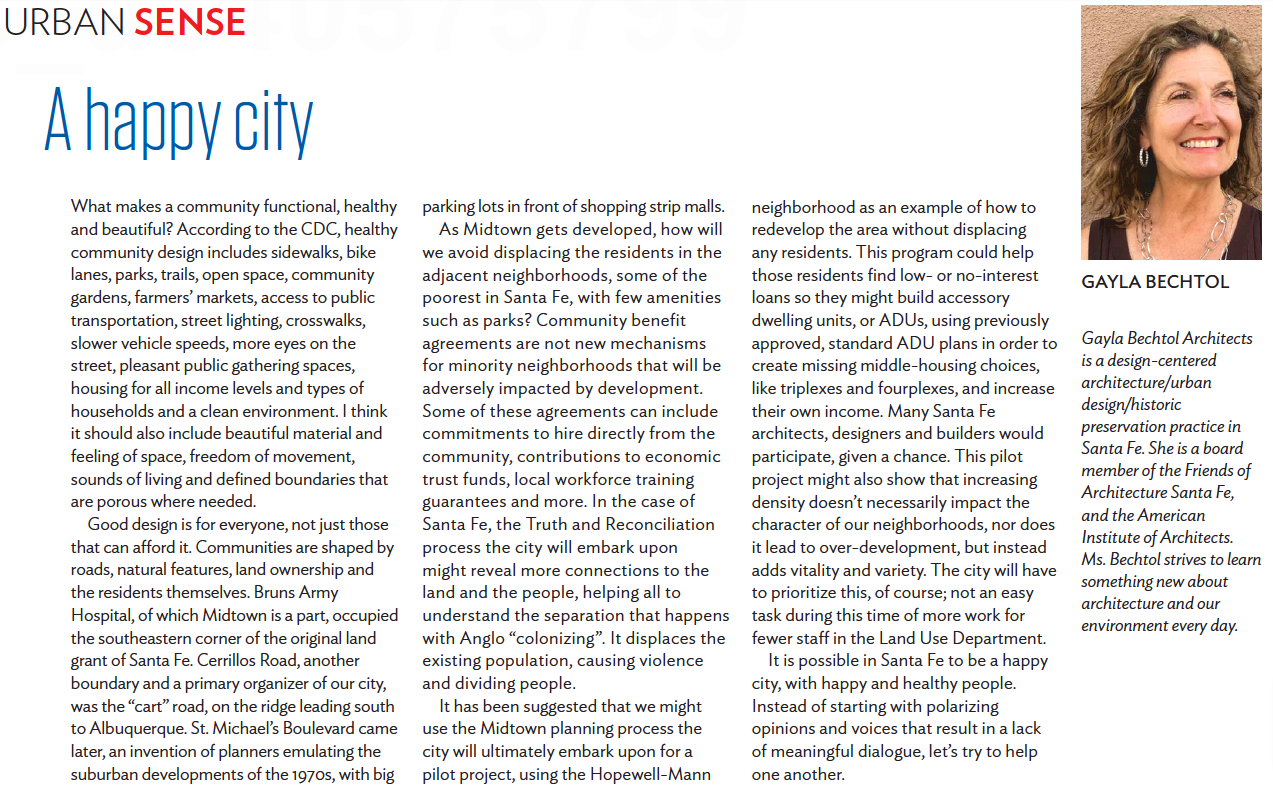
Read The Article:
What makes a community functional, healthy and beautiful? According to the CDC, healthy community design includes sidewalks, bike lanes, parks, trails, open space, community gardens, farmers’ markets, access to public transportation, street lighting, crosswalks, slower vehicle speeds, more eyes on the street, pleasant public gathering spaces, housing for all income levels and types of households and a clean environment. I think it should also include beautiful material and feeling of space, freedom of movement, sounds of living and defined boundaries that are porous where needed.
Good design is for everyone, not just those that can afford it. Communities are shaped by roads, natural features, land ownership and the residents themselves. Bruns Army Hospital, of which Midtown is a part, occupied the southeastern corner of the original land grant of Santa Fe. Cerrillos Road, another boundary and a primary organizer of our city, was the “cart” road, on the ridge leading south to Albuquerque. St. Michael’s Boulevard came later, an invention of planners emulating the suburban developments of the 197os, with big
parking lots in front of shopping strip malls.
As Midtown gets developed, how will we avoid displacing the residents in the adjacent neighborhoods, some of the poorest in Santa Fe, with few amenities such as parks? Community benefit agreements are not new mechanisms for minority neighborhoods that will be adversely impacted by development. Some of these agreements can include commitments to hire directly from the community, contributions to economic trust funds, local workforce training guarantees and more. In the case of Santa Fe, the Truth and Reconciliation process the city will embark upon might reveal more connections to the land and the people, helping all to understand the separation that happens with Anglo “colonizing”. It displaces the existing population, causing violence and dividing people.
It has been suggested that we might use the Midtown planning process the city will ultimately embark upon for a pilot project, using the Hopewell-Mann
neighborhood as an example of how to redevelop the area without displacing any residents. This program could help those residents find low- or no-interest loans so they might build accessory dwelling units, or ADUs, using previously approved, standard ADU plans in order to create missing middle-housing choices, like triplexes and fourplexes, and increase their own income. Many Santa Fe architects, designers and builders would participate, given a chance. This pilot project might also show that increasing density doesn’t necessarily impact the character of our neighborhoods, nor does it lead to over-development, but instead adds vitality and variety. The city will have to prioritize this, of course; not an easy task during this time of more work for fewer staff in the Land Use Department.
It is possible in Santa Fe to be a happy city, with happy and healthy people. Instead of starting with polarizing opinions and voices that result in a lack of meaningful dialogue, let’s try to help one another.
Gayla Bechtol received her architecture degrees from Harvard University and from the University of Southern California. Gayla Bechtol Architects is a design-centered architecture/urban design/historic preservation practice that has created designs for homes, institutions, and urban spaces for nearly 30 years. Bechtol practiced deep democracy while leading the citizens of Santa Fe to the award-winning Santa Fe Railyard. She is a board member of Friends of Architecture Santa Fe.
Related Articles
